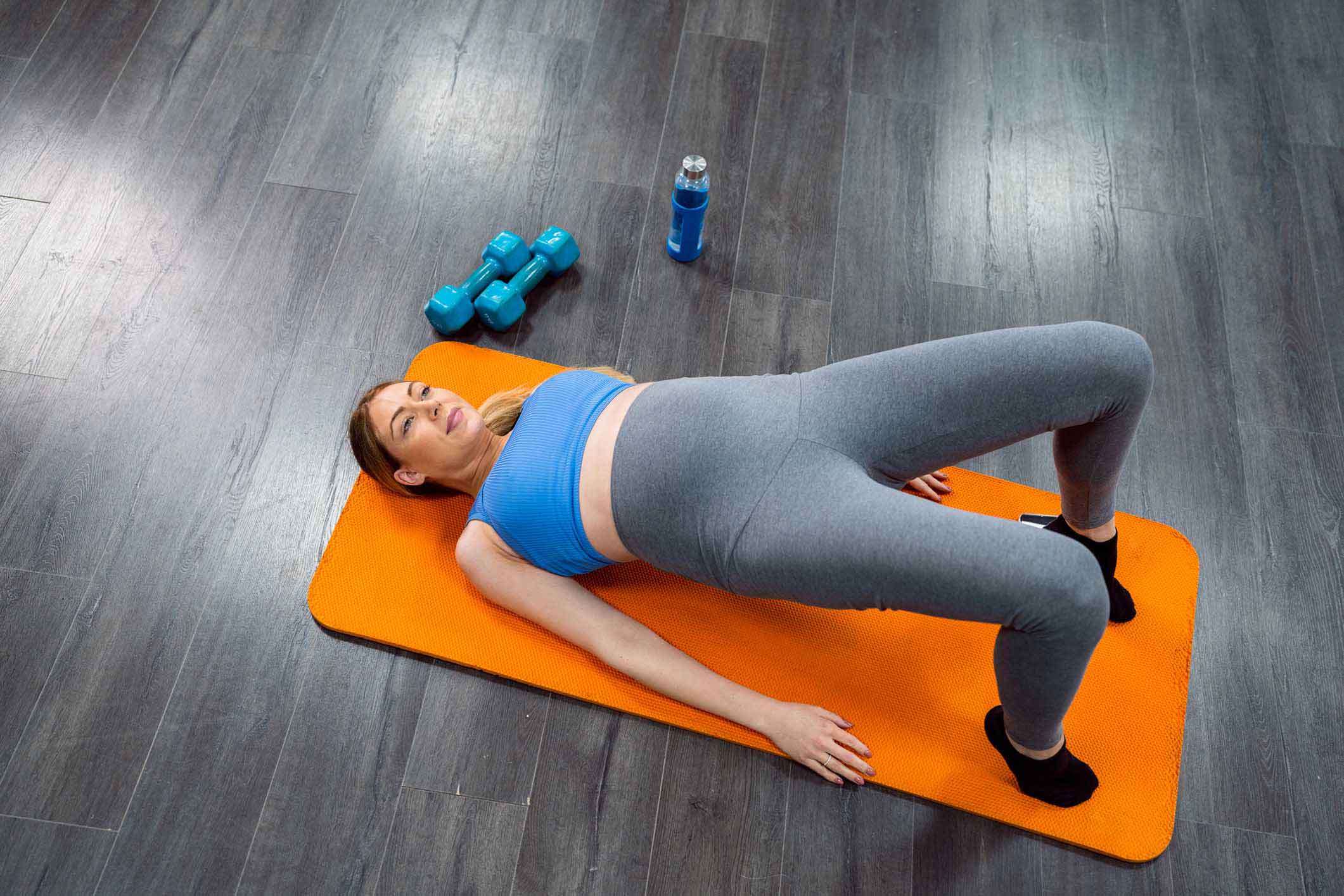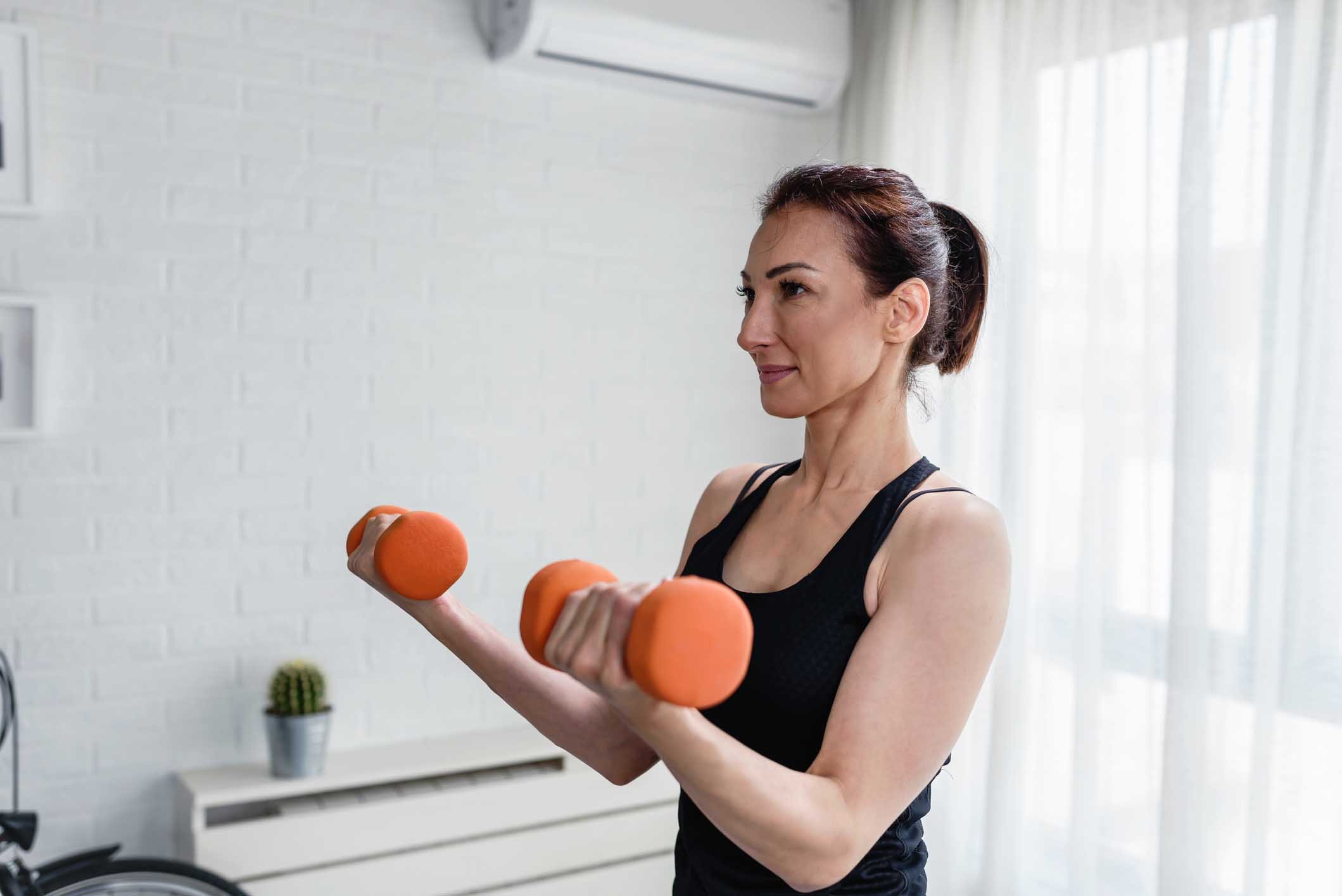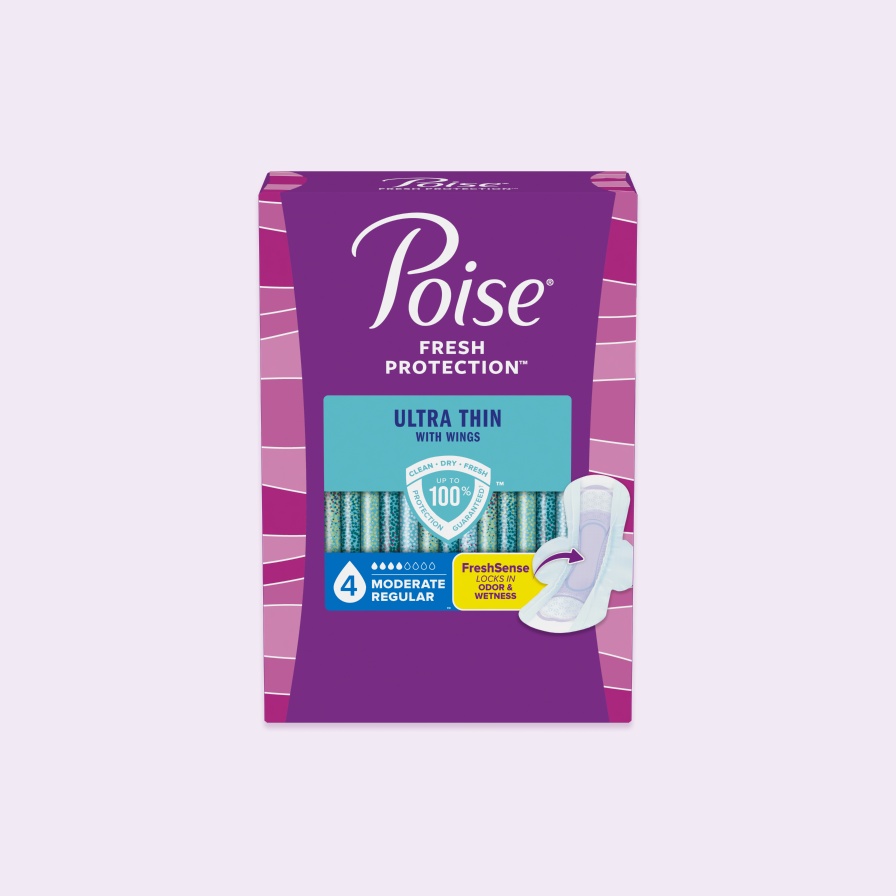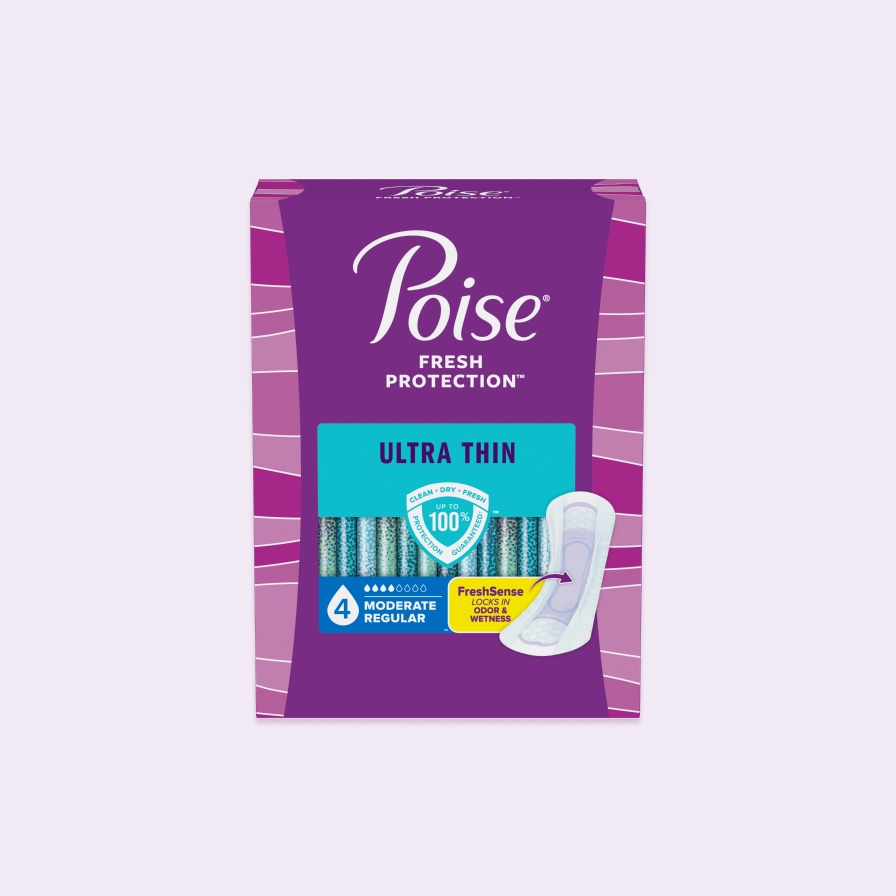How To Kegel For Men And Women
How To Kegel For Men And Women
Kegel exercises can help relieve your bladder weakness problems. Find out how to do them the right way.
There's a safe and effective way to help improve bladder leakage. It's free, and you can do it at home. It's an "exercise" program, but it's not like any exercise program you've done before, because you're exercising muscles you can't really feel. These exercises are called Kegel exercises, named after the doctor who created them. If done correctly, they just may help relieve those embarrassing leaks.
Here are four key points to keep in mind so you can do Kegels the right way and stay dry.
What am I exercising anyway?
Kegel exercises are designed to tone your pelvic floor muscles. Unlike your abdominal muscles or your biceps, you can't see these muscles. They're deep inside your pelvis, stretching from your spine to your pubic bone, and they keep your bladder, uterus and rectum in place. They also help control the opening and closing mechanisms within your urethra, the tube through which urine leaves your body.
How do I learn how to exercise my pelvic floor muscles?
Many doctors suggest that you use the "stop technique." The next time you use the toilet, try to stop your urine stream. The muscles you tighten and squeeze in order to do this are your pelvic floor muscles. You may not be able to stop the flow entirely; slowing the stream is okay, especially if you haven't done Kegels before.
When you perform Kegels, think about what you did on the toilet, and try to contract these same muscles. It's important that you use the "stop technique" only to find your pelvic floor muscles. You should not do Kegels while on the toilet on a regular basis, so that you don't allow urine to flow back into the bladder where it can cause infection. Empty your bladder before you do your Kegels.
If you're still not sure whether you're squeezing your pelvic floor muscles -- and many women aren't -- ask your doctor to test your muscle strength during your next pelvic exam. You doctor will be able to tell if you're contracting your pelvic floor muscles.
Do I tighten my stomach muscles while doing Kegels?
"All of your other muscles including your stomach, thighs and buttocks should be relaxed when you're doing Kegels," says Marcella Roenneburg, M.D., a urogynecologist at The Center for Women's Health and Medicine at Mercy Medical Center in Baltimore, MD. "Many women are tensing their stomach muscles, buttocks, or [are] bearing down (such as when you have a bowel movement), instead of contracting their pelvic floor muscles." To make sure you aren't tensing the wrong muscles, place your hands on your belly and rear end to make sure they aren't moving when you do your Kegels.
When should I do Kegels?
"Doing Kegels should become a habit, like brushing your teeth," says Amy E. Rosenman, M.D., co-author of The Incontinence Solution: Answers for Women of All Ages (Simon & Schuster). The first time you do Kegel exercises, contract or tightly squeeze your pelvic floor muscles for 5 seconds while sitting. Then relax for 5 seconds. If you have difficulty finding and contracting your pelvic floor muscle, keep trying until you feel the sensation of lifting and squeezing that you felt when you used the "stop" technique. Although you may be able to do only one or two Kegels at first, over time you'll progress to doing 10 at a time for 10 seconds, following by 10 seconds of relaxation. Most doctors recommend at least 10 repetitions of Kegels three-to-four times a day to maintain bladder control. You can also vary your position -- doing some Kegels while sitting, some while standing and some while lying down -- and your routine -- interspersing your long Kegels with quick contractions (five contractions, each for one second, then relaxing for 10 seconds).
Recommended Products
Absorbency Level
Absorbency Level








